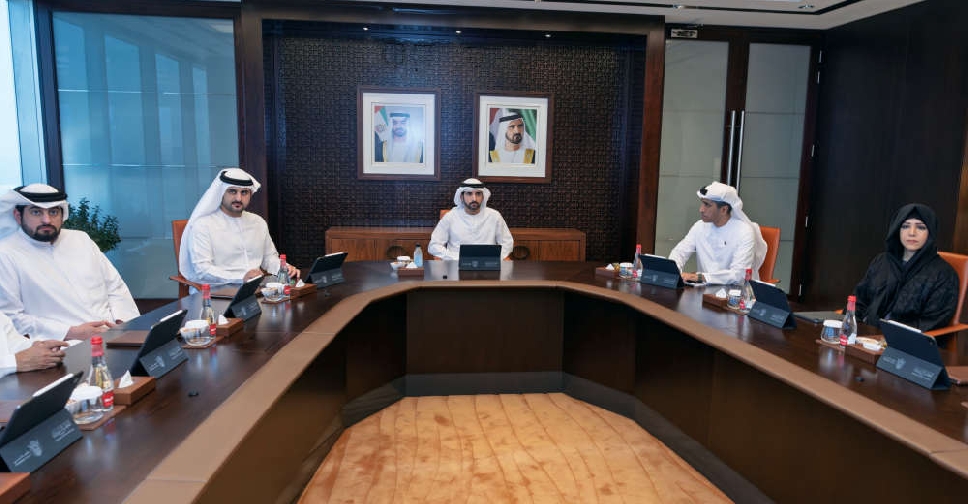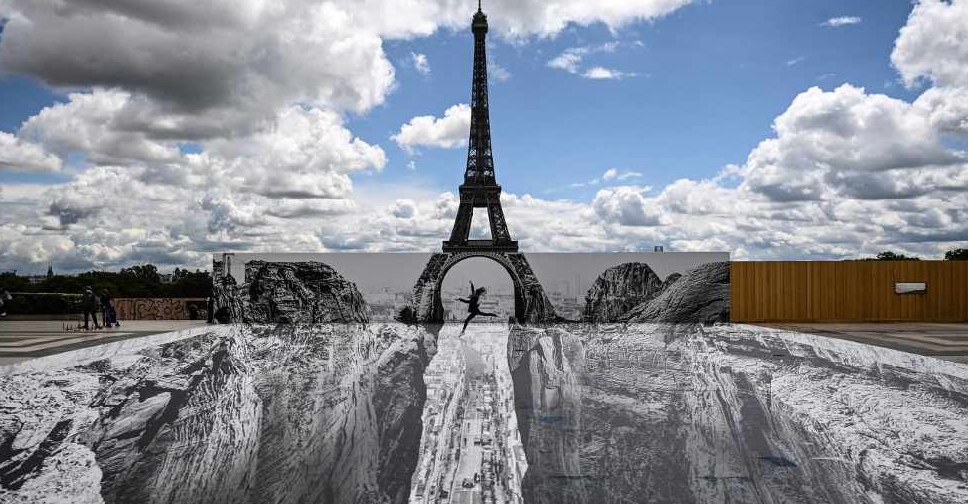
An art installation has created the optical illusion that the French capital's Eiffel Tower is perched precariously over a rocky ravine.
The artwork, by an artist who uses the pseudonym JR, involved laying an image of a ravine, and the pillars that form the base of the Eiffel Tower, onto the floor of an esplanade that overlooks the tower.
When a visitor stands in the right spot, the artwork in the foreground and the tower in the background line up with each other, and the illusion is created.
"I think it's really cool because it's really realistic," said one visitor, Lara Watson.
"I like that it combines with the Eiffel Tower, so the piece of art becomes a piece of art because of the Eiffel Tower already behind it."
Other work by the same artist includes an installation at the US-Mexico border wall that appears to show a giant baby peering over the wall, and an optical illusion that made it appear a chasm had opened up in the courtyard of the Louvre museum in Paris.


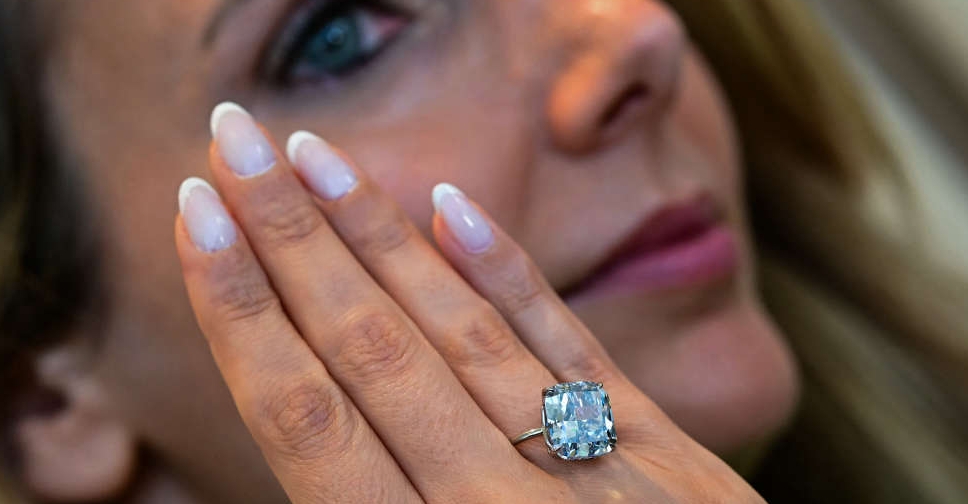 'Mediterranean Blue Diamond' could fetch $20 million at auction
'Mediterranean Blue Diamond' could fetch $20 million at auction
 Kenya court fines four men for trafficking thousands of ants
Kenya court fines four men for trafficking thousands of ants
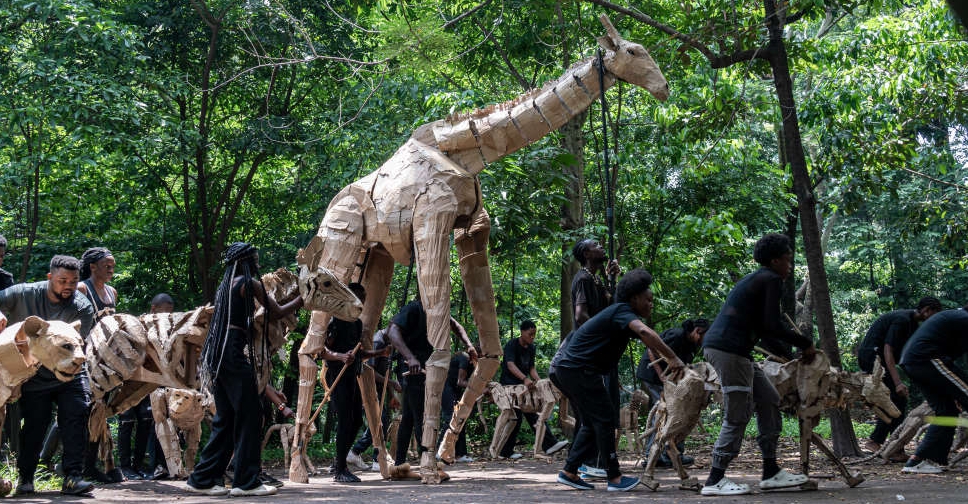 Herd of animal puppets treks from Africa to Arctic Circle for climate action
Herd of animal puppets treks from Africa to Arctic Circle for climate action
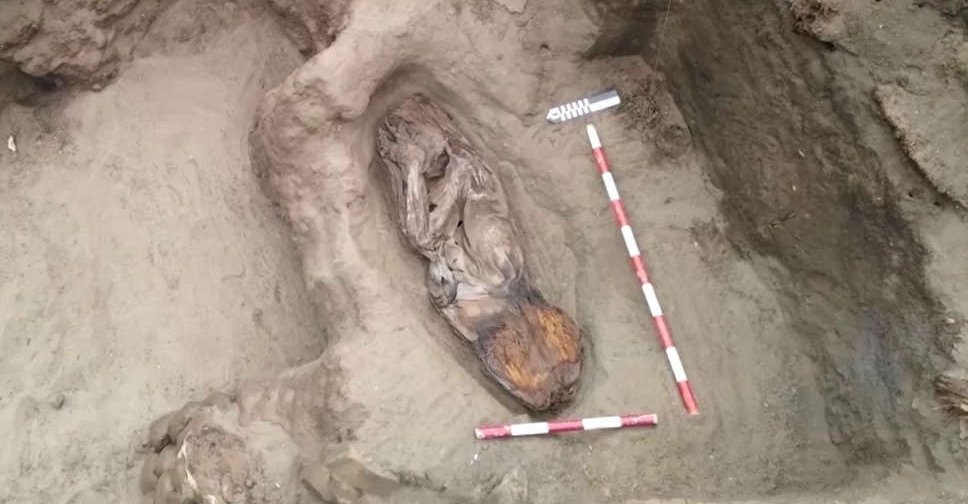 Elite 5,000 year-old woman's tomb unearthed in coastal Peru
Elite 5,000 year-old woman's tomb unearthed in coastal Peru
 China pits humanoid robots against humans in half-marathon
China pits humanoid robots against humans in half-marathon



